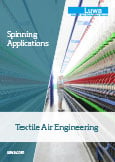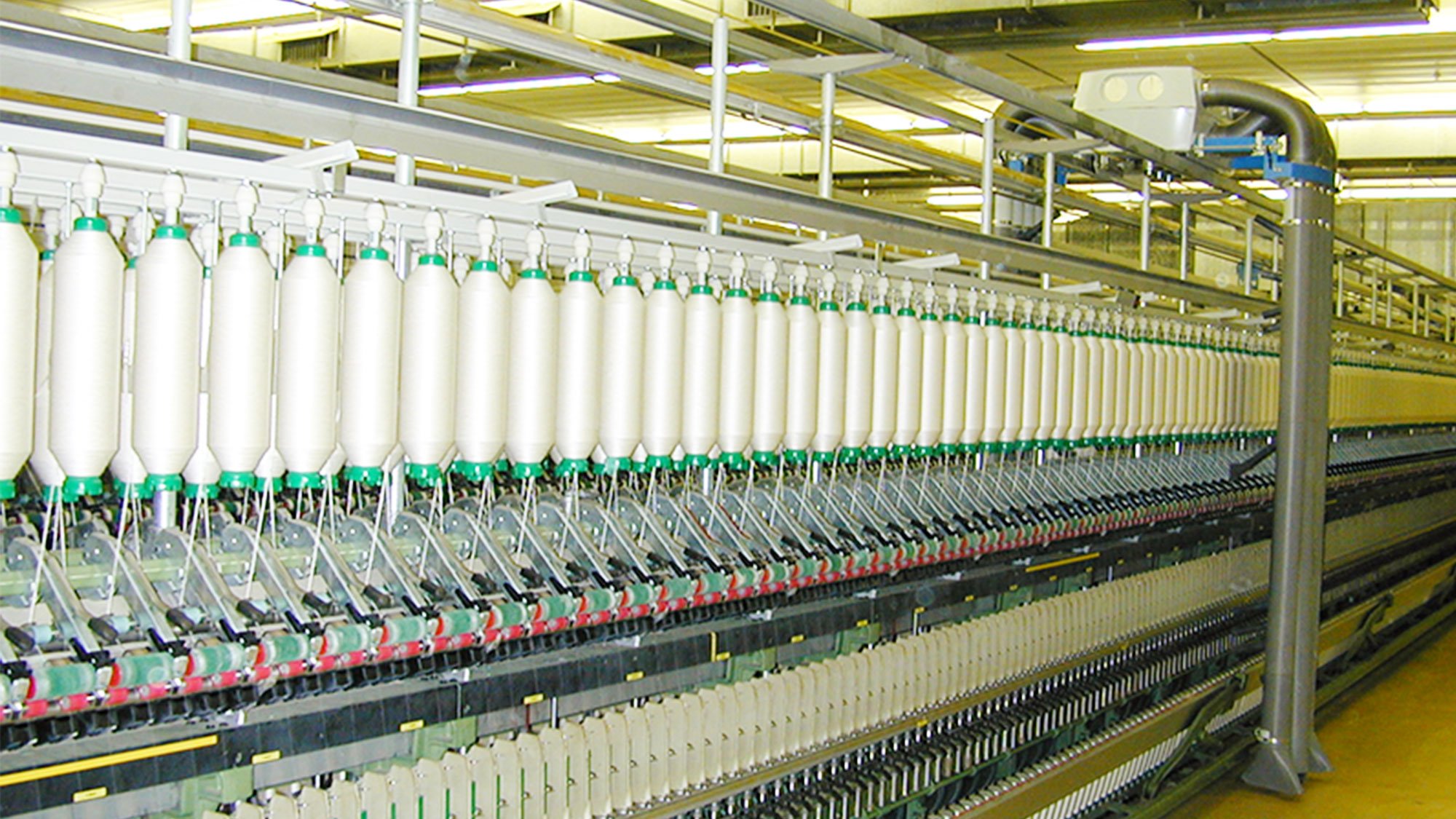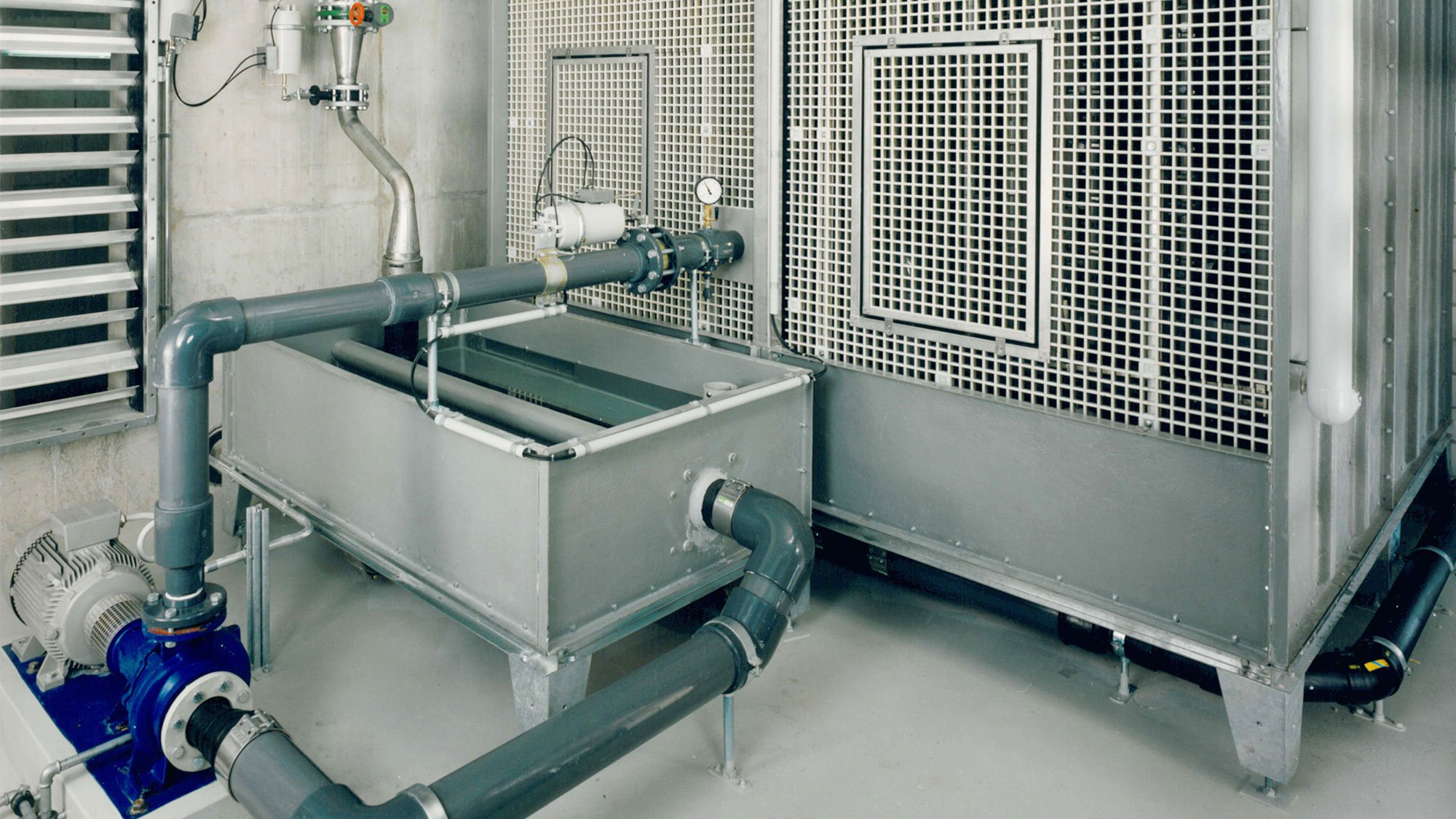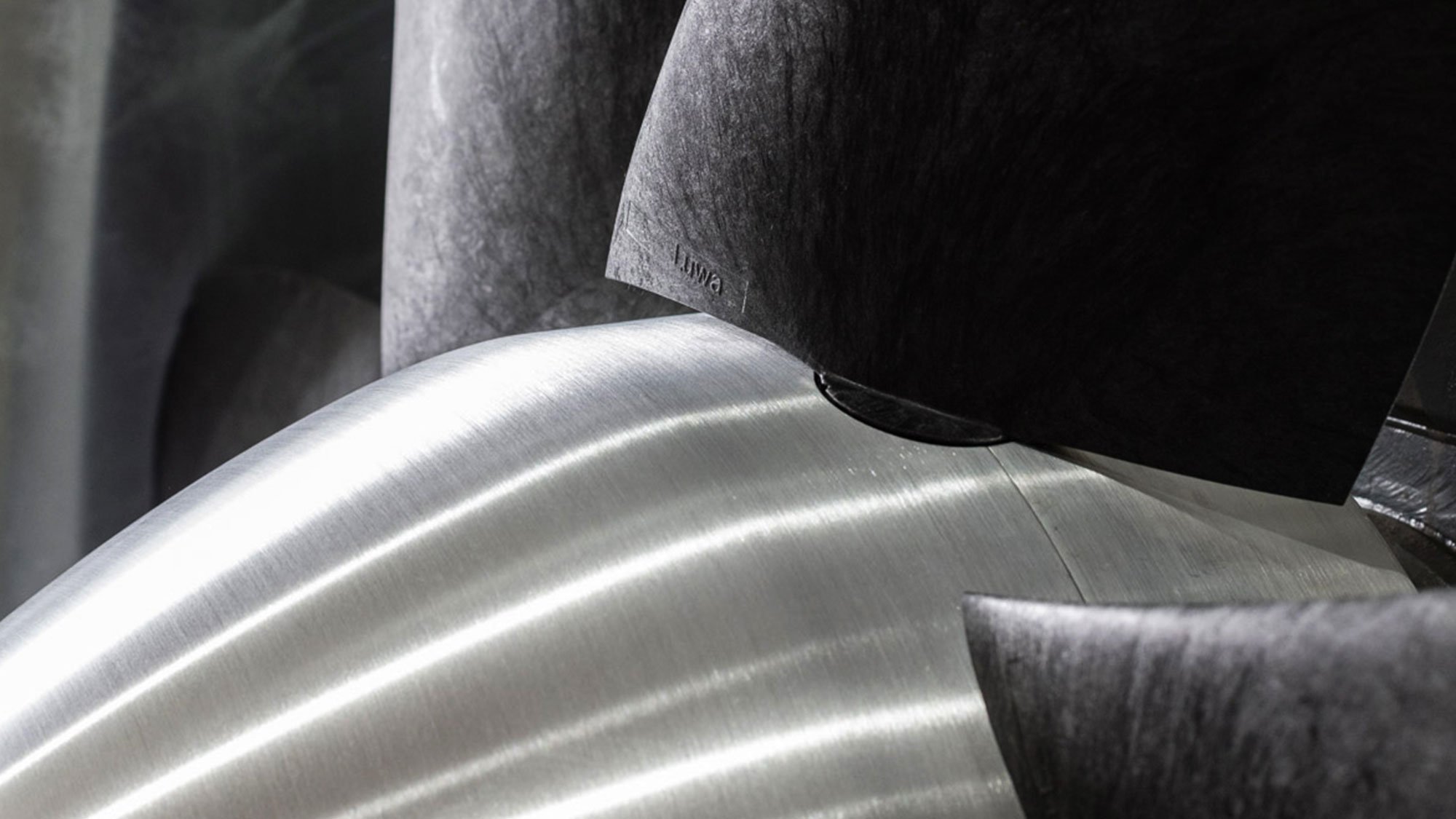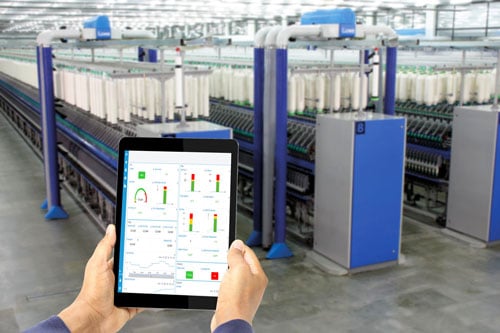

- Home
- Applications
Spinning
Spinning
The process requires tight environmental controls throughout the manufacturing plant, to achieve high quality, high productivity and protection for workers from harmful airborne dust levels.
Luwa is the world leader in providing environmental systems for yarn spinning.
Key Factors in Textile & Industrial Air Conditioning
Maintaining the correct humidity level is essential for smooth machine operation. Moisture reduces electrostatic charges, especially on synthetic fibres. But higher humidity increases lapping and reduces the effectiveness of disentangling and alignment. Also, breaking forces and elongation are directly influenced by the ambient humidity in the department. Optimum values vary depending on the use of the raw material and its mixture. A higher relative humidity will result in a lower room temperature during the evaporative cooling mode.
Not all industrial processes are equally sensitive to temperature fluctuations. For example, quenching air processes are highly sensitive and must be controlled within a narrow range.
However, all processes prefer a constant temperature, as most nonwoven raw material are hydrophilic and the moisture absorption capacity changes with temperature. In addition to reducing quality variation, temperature control has a positive effect on:
- reduced fibre fly in the mill,
- fewer electronic failures of the machine control system and
- a better working environment for the employees.
Daily room temperature fluctuations can be minimized by using refrigerant cooling instead of evaporative cooling, especially during the summer months and monsoon rains.
Fibre Fly / Dust Contamination - In order to prevent unwanted infiltration of dust from the outside, the mill is kept at constant overpressure. Depending on the outside air contamination, fresh air filters and, depending on the process requirements, supply air filters are required. Local regulations may set Permissible Exposure Limits (PEL) to protect textile workers from byssinosis. Sufficient air changes throughout the mill are required to dilute the dust levels and keep the departments clean and free of fly liberated from the machines.
Fibre Recovery and Disposal - Most spinning preparation machines have integrated suction points that can be incorporated into a fibre deposit system. The fibre separation and dust filtration plant must be designed in such a way that it can handle the required air volume and also the amount of waste fibre.
Depending on the raw fibres used in the plant, several fibre separators can be installed to separate the different materials from each other.
Modern fibre depositing plants are integrated with bailing press systems to automatically store and bale different qualities of waste fibres. This reduces personnel costs and increases the efficiency of the bale press.
The dependency on the fibre depositing system is essential for the operation of the mill. A standstill of either the fibre depositing plant or the bailing system leads to an immediate shutdown of the entire spinning mill.

Fibre Depositing Plant and Dust Collecting System
Importance of proper waste collection
A centralized waste collection system is essential to optimize the operation of a spinning mill. This means that by correctly separating the quality type of waste according to the spinning process, the higher quality fibres can be recycled. The fibers collected at the Luwa plant can either be sent to the baling press or directly to a reprocessing line. This adds value and improves efficiency in a spinning mill.
The entire spinning process generates enormous amounts of dust and fluff, which are filtered either by our Rotary Air Filter or Multi Cell Filter. All of this material can be collected locally in bags, or it can be centralized and collected at a single point through a dust collector.
Process Waste Qualities
- Blowing (continuous, intermittent)
- Carding (card, licker-in)
- Drawing frames
- Combing noils
- Combing laps
- Bobbin Cleaner
- Filter Box Spinning
Raw Material Waste Qualities
- Cotton
- Synthetic fibres
- Cellulose / wool / flax
- Blends
- Recycled fibers
- Colours
Waste Removal Plant
- Masonry construction
- TexPac Compact Filter Unit
- Fibre Separator
- Waste Separator
- Rotary Pre-Filter
- Rotary Air Filter
- MultiCell filter for space saving
Dust Collection
- Through simple dust collectors in bags
- Through a cyclone dust collector
- Centralized trough a dust separator
- Compacted trough a screw compactor
Baling Press System
Importance of optimizing waste management
Luwa’s fully automatic bale press system manages the collection of waste and its compaction into bales. Separation of waste qualities allows you to maximize your recoveries from waste bales. The high density of the bales reduces transportation costs. Thanks to the integrated control system, everything is done automatically. Sensors detect which silo has enough material for a complete bale. This allows the process to run continuously, never stopping due to simultaneous filling of silos.
Components
Fibre Separator / Waste Separator
The final component of the conventional waste collection system that feeds each individual silo with process waste.
Spark Detection System - TexGuard TM
The spark detector detects the spark immediately, long before a fire can start. It then initiates the diversion of the spark into a quenching box, gets it extinguished, and triggers the shutdown of the machinery.
Silo with discharge unit
A separate silo with discharge unit is provided for each waste quality. The large silo capacity is designed to store fibres for a complete bale and still have enough redundant storage capacity to avoid over-supply.
Bale Press
Vertical or horizontal bale presses, depending on the application. Quality hydraulic parts for low maintenance. Dense bales.
Plant control
The control system Luwa Digi Control, allows to adjust various parameters to optimize the waste handling process with a real time monitoring.

Case Study: Spinning Jenny
The textile industry can be highly damaging to the environment. Fast fashion has led to a significant increase in the quantity of clothes produced and ultimately thrown away.
To tackle the impact on the environment, the move towards a circular textile economy is essential.
Spinning Jenny, one of the pioneering companies in the field of textile recycling in Europe, is committed to close the textile cycle with a new staple fiber spinning mill in the Netherlands.
Luwa’s solution for optimum machine efficiency is a proven energy saving air conditioning system for spinning machines, which achieves the right humidity level at all times.
